May 24, 2025
Author:Lisa Martinez
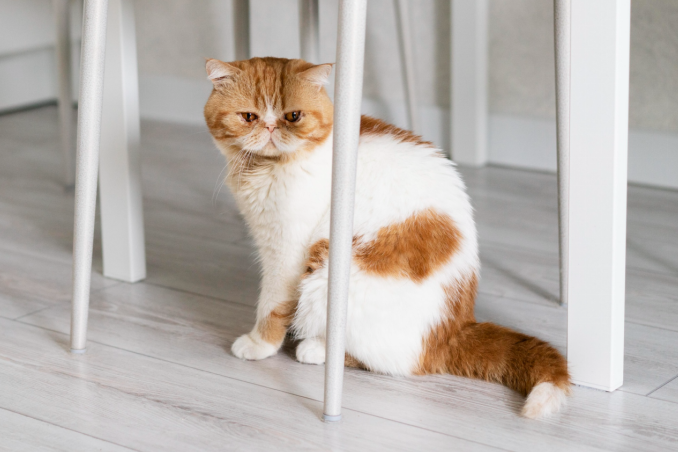
Have you ever seen your cat walk by the litter box and wondered how long she can wait before she has to go? Cats can hold their pee longer than you might think. Knowing how long can cats hold their pee is helpful for planning trips, spotting health problems, and keeping your home clean.
In this article, you’ll learn how often cats usually pee, what’s normal, and what can affect how long they wait, like their food, age, or stress from being in a new place.
A cat’s urinary system starts with the kidneys. These two bean-shaped organs filter waste and extra water from the blood. They send the liquid waste through tubes called ureters into the bladder. The bladder then stores urine until the cat is ready to pass it. When the bladder fills, nerves signal the cat to look for a quiet place. Then the cat uses its urethra to release the urine.
Most healthy adult cats pee two to four times a day. They make about 18 to 28 milliliters of urine per kilogram of body weight each day. For a five-kilogram cat, that means 90 to 140 milliliters. Kittens have smaller bladders, so they often go more—sometimes every one to six hours.
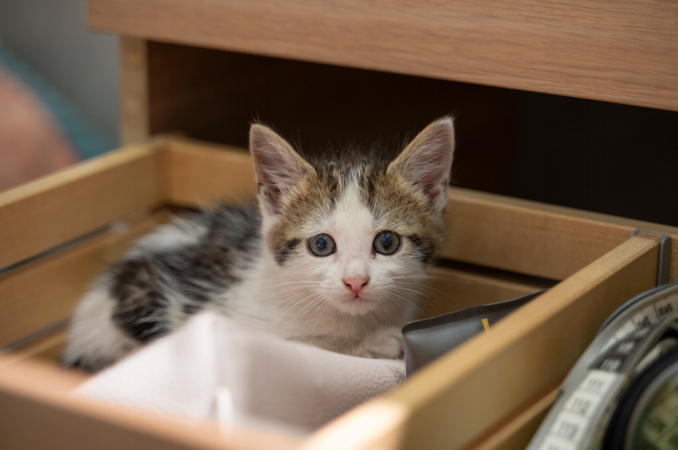
When we look at how long can cats hold their pee, a healthy adult cat can usually wait about 24 to 48 hours before needing a bathroom break. Most adult cats feel the urge within a day. They control their bladder well, even when they sleep. Kittens have smaller bladders and less muscle strength. They often need to go every one to six hours.
Some cats stretch their limits in stressful or new settings. When you move homes, visit the vet, or place a cat in a busy boarding facility, they may not feel safe to use the litter box. In these scenarios, they might hold on for longer than 48 hours. You can find advice on reducing stress during travel and stays in unfamiliar places in this guide to making stress-free car journeys. However, making a cat wait beyond two days can harm its health.
For outdoor cats, weather can also play a role. Cold or rainy days may make them delay trips, but wild cats still find spots. Indoor cats rely on you to keep litter boxes ready and clean.
Age plays a big role in how long can cats hold their pee. Kittens start life with small bladders. They feed often and need to pee every one to six hours. As they grow, their bladder capacity and muscle control improve. Adult cats can manage longer breaks, but each cat still varies. When cats reach senior years, they may face weaker bladder muscles or health issues. Conditions like arthritis can make it hard for them to squat, so they may actually avoid the box and hold on. Older cats may need larger boxes with lower sides to move in and out easily.
Hydration and diet affect how long can cats hold their pee. Wet food contains around eighty percent moisture, while dry food has only six to ten percent. Cats on a wet diet tend to drink less water because they get moisture from food, but they produce more urine overall. This can make some cats feel a stronger urge more often. Cats fed only dry kibble need extra fresh water and may still seem to pee less often, but their urine may become more concentrated. You can find simple hydration tips and advice on choosing devices for fresh water to help your cat. Many cats prefer moving water, so you can learn why in this running water preference guide.
Certain health issues can change a cat’s peeing habits. Infections in the bladder or kidneys can make cats feel urgent needs to go. Cats with diabetes or kidney disease may produce extra urine and visit the box often. Male cats face special risks. Their narrower urethra can block from crystals or mucus. When a blockage happens, a cat cannot urinate at all.
Stress and changes in routine can lead cats to delay or avoid peeing. Make sure each cat in your home has its own box and plenty of private spots. Place boxes in quiet areas that your cat visits often. When you clean a box, use a litter that your cat likes and scoop daily. If you need more tips, this guide on fountain upkeep and automatic feeding setups can improve your home’s care routine.
Holding urine for too long can harm your cat. When cats hold their pee past their normal limit, their body faces several dangers. Learn to spot issues and act fast.
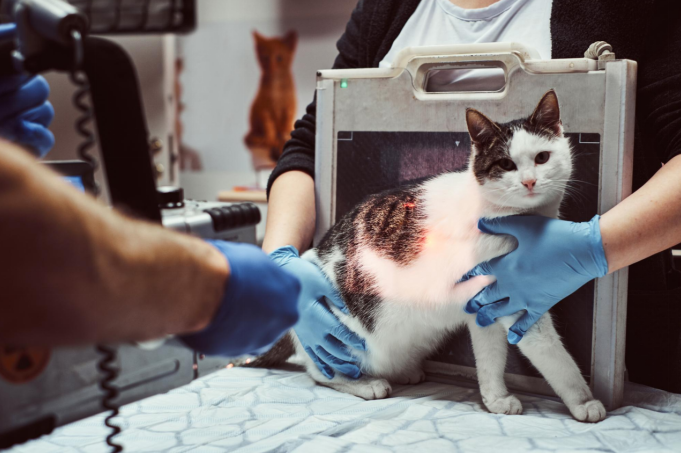
When urine sits in the bladder, bacteria can grow. This leads to a UTI. You may see signs like small, frequent urination, straining to pee, or finding blood in the litter. Healthy cats normally empty their bladders fully. But when they hold on, urine stays inside and creates a breeding ground for germs. Your veterinarian can test a urine sample and suggest antibiotics to clear the infection.
Minerals in concentrated urine may clump and form crystals. Over time, these can turn into stones. Stones can block the narrow urethra in male cats. If a cat cannot pass any urine, its belly may swell, and it may meow loudly from pain. The cat may seem weak or sit hunched over. This is a life-threatening emergency. You must get veterinary help right away. Staff can remove the blockage and give fluids to flush out debris.
Cats remember painful visits to the litter box. If peeing hurts, they may avoid it. This can lead to accidents around the house or even marking behaviors.
Some cats show subtle distress. They may lick their belly or the genital area more often. They may groom less or seem less active. Watching for these shifts helps you catch problems earlier and protect your cat’s comfort and health.
Cats will show clues if they need to go or face trouble. Spotting these signs helps you act before problems grow.
Many cats begin circling the litter box or may scratch at its sides. They may meow softly or stare blankly at the box. Some cats sniff the litter, sit, then move away without peeing. If you overlook these moments, you may miss when cats hold their pee, so watch for these cues. In busy homes, a cat might wait if another cat is already using the box. You can learn why tracking water and bathroom habits matters in this guide on monitoring your cat’s hydration. You may also see your cat hesitate at doorways near the box. They can freeze in place, as if they search for a better spot. Noticing these small shifts helps you keep your cat comfortable.
Straining, producing small drops of urine, or spotting blood in the litter are clear s. You may see your cat crouch and back away quickly without leaving a big puddle. Some cats may groom less or sleep more when they feel pain. If your cat vomits, seems weak, or loses interest in food, these may also link to severe urinary issues.
Act immediately if your cat does not pee for more than 24 to 48 hours or shows any of the emergency signs: loud vocalizing, a bloated belly, or extreme lethargy. Holding on too long can lead to damage or blockage that threatens your cat’s life. Do not wait—early attention can save your cat from pain and serious health issues.
You can help your cat avoid holding pee too long by setting up a safe and healthy routine. Use these tips to support their bathroom needs.
Cats prefer a clean box. Scoop waste daily and change all the litter once a week. If litter scatters, the area can become messy. You can reduce this by using mats or special trays and following advice on keeping litter off the floor. Provide one litter box per cat plus one extra.
Cats often drink less water than they need. Adding wet food to meals boosts their moisture intake. Offer fresh water in several bowls around the house. Many cats like moving water, so a fountain may encourage more sipping. For older cats, you can follow specific senior care tips to keep them hydrated and healthy. Clean bowls or fountains regularly to keep water fresh.
Use clumping litter to gauge urine volume. A healthy adult cat leaves clumps the size of a golf ball to a tennis ball. Track how often you clean the box and note changes in urine volume. Keeping a simple log helps you spot trends. This habit supports early response to shifts in how cats hold their pee.
Long trips can stress cats. Plan stops at least every six hours to let your cat use a portable litter box. Place absorbent pads in carriers to manage accidents. You can learn tricks on reducing travel stress in our guide on stress-free car journeys. At home, use pheromone diffusers or play calming sounds to ease stress. You can also combine timed feeders and water fountains for a steady routine by following this smart care hack.
Understanding how long can cats hold their pee helps you care for their health and comfort. Healthy adult cats can hold their pee for 24 to 48 hours, but each cat differs by age, diet, and stress level. Holding on too long can lead to infections, stones, or kidney damage. Watch for signs like circling the box, straining, or accidents around the house. Keep litter boxes clean and accessible, offer fresh water or a fountain, and plan for travel breaks. Special-needs kittens, seniors, or cats with health issues may need extra support. Track their habits and work with your veterinarian to catch problems early.
Label:
Popular Post
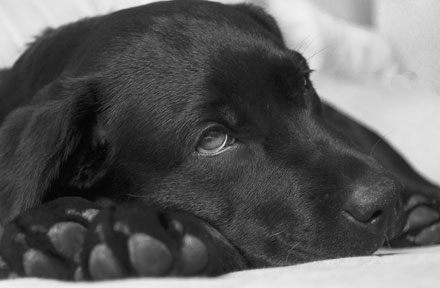
What to Feed a Sick Dog With No Appetite? [2025 Guide]
May 16, 2023
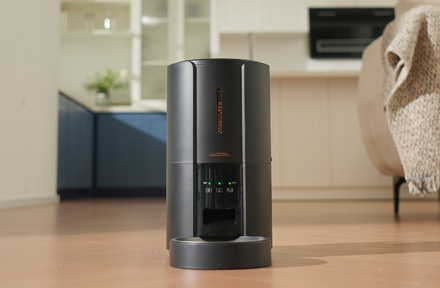
Troubleshooting Common Issues with Automatic Pet Feeders: Tips & Tricks for Pet Owners
Oct 26, 2023
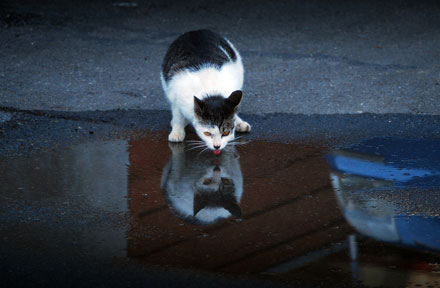
Why Does My Cat Cough After Drinking Water? 8 Potential Reasons
Mar 13, 2023
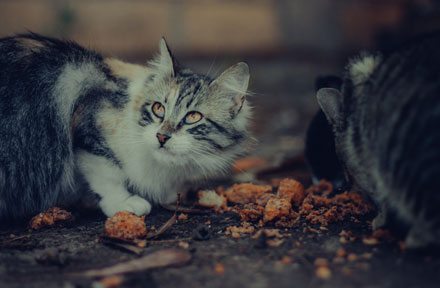
My Cat Only Eats A Little at A Time - What to Do?
Feb 27, 2023
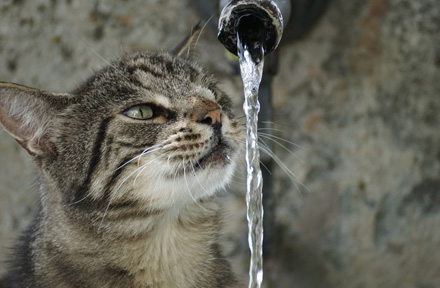
Why is My Cat Throwing up Water? Top 5 Causes Here
Feb 08, 2023
$99.99
$129.99
Copyright © 2025 WOPET. All Rights Reserved.